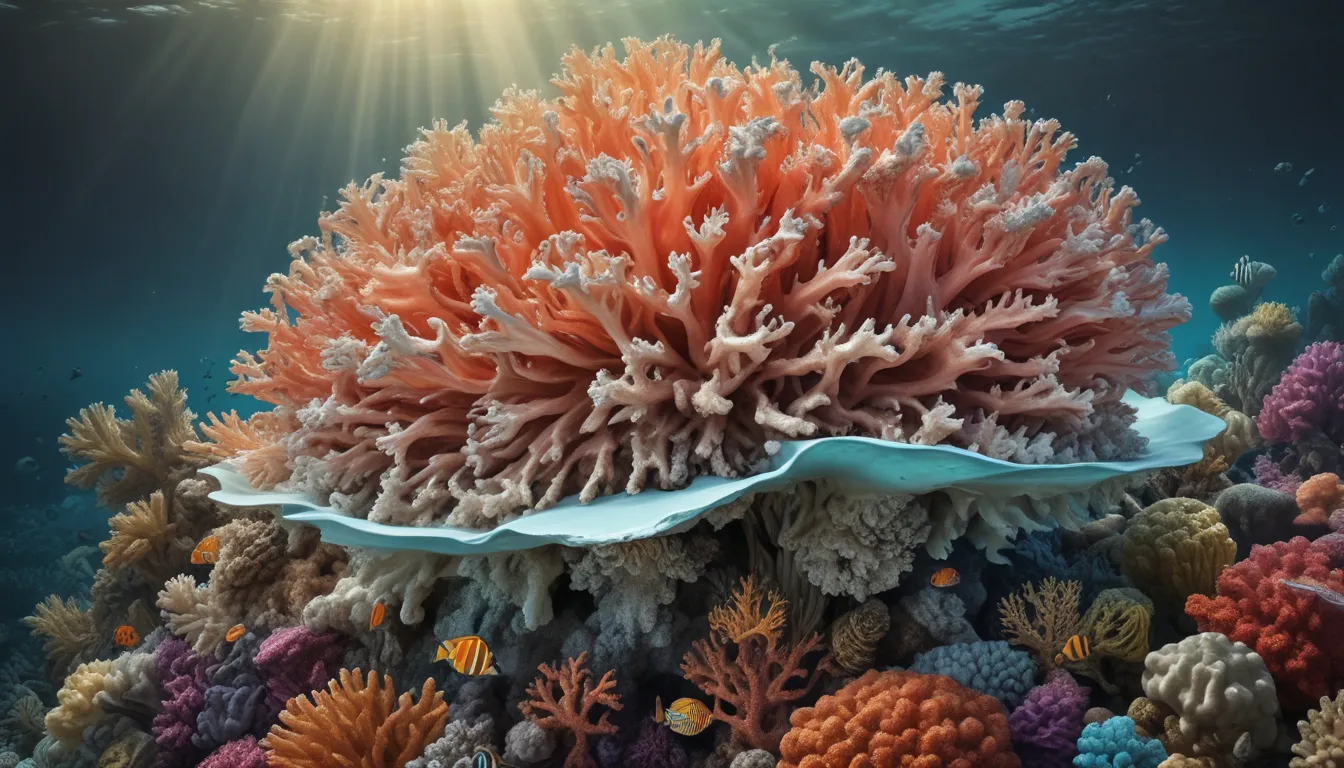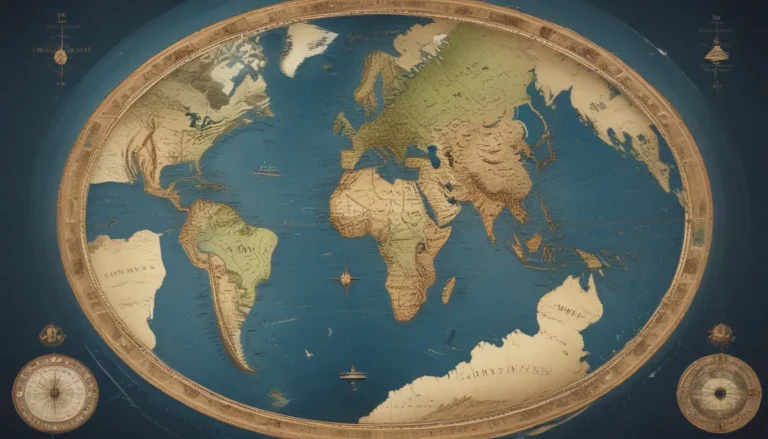A Note About Images: The images used in our articles are for illustration purposes only and may not exactly match the content. They are meant to engage readers, but the text should be relied upon for accurate information.
Welcome to the enchanting world of coral reefs, where beauty and diversity converge to create thriving marine ecosystems. Unfortunately, these vibrant underwater havens are under threat due to a phenomenon known as coral bleaching. Join us as we delve into the extraordinary facts surrounding coral bleaching, shedding light on its severity and implications for our planet’s marine life.
Understanding Coral Bleaching
Coral bleaching is a distressing event that occurs when environmental stressors, such as rising water temperatures and pollution, cause corals to expel the symbiotic algae living within their tissues. This expulsion leads to the corals losing their vibrant colors and turning pale or white, hence the term “coral bleaching.”
Key Takeaways:
- Coral bleaching is a significant threat to coral reefs globally, impacting the delicate balance of marine ecosystems and the livelihoods of millions of people.
- Rising sea temperatures, pollution, and ocean acidification are primary factors contributing to coral bleaching.
- Global efforts, including using reef-safe sunscreen and promoting sustainable tourism, can help mitigate the impact of coral bleaching.
The Impact of Coral Bleaching on Marine Ecosystems
Coral reefs play a vital role in supporting a diverse range of marine species. They provide essential shelter, breeding grounds, and food for a variety of aquatic creatures, including fish, crustaceans, and mollusks. When corals bleach, the entire ecosystem suffers, endangering the survival of many species dependent on the reefs.
Coral Bleaching: A Global Concern
Coral bleaching is a worldwide phenomenon affecting coral reefs in various regions, from the Great Barrier Reef in Australia to the Caribbean. No marine ecosystem is immune to the detrimental effects of coral bleaching, highlighting the urgency of addressing this global issue.
The Economic Impact of Coral Bleaching
Beyond their ecological importance, coral reefs also play a significant role in supporting tourism and coastal economies. Unfortunately, coral bleaching can lead to a decline in tourism revenue as the once vibrant and biodiverse ecosystems lose their appeal to visitors.
Factors Contributing to Coral Bleaching
El Niño events, characterized by changes in sea surface temperatures, can trigger widespread coral bleaching episodes. The warm waters associated with El Niño can have devastating effects on coral reefs, further exacerbating the already fragile state of these ecosystems.
The Threat of Coral Mortality
Prolonged stress on coral reefs can lead to their ultimate demise. Bleached corals may starve and die, resulting in the loss of entire colonies and critical habitats. This underscores the urgent need to address the underlying causes of coral bleaching.
The Role of Coral Reefs in Coastal Protection
Coral reefs serve as natural barriers, protecting coastlines from the impact of waves and storms. When coral bleaching occurs, the structural integrity of reefs weakens, increasing the vulnerability of coastal communities to erosion and flooding.
Climate Change and Coral Bleaching
Rising sea temperatures, predominantly driven by climate change and greenhouse gas emissions, are major contributors to coral bleaching. As global temperatures continue to rise, the frequency and severity of coral bleaching events are expected to escalate.
Strategies for Coral Reef Recovery
Efforts are underway to mitigate coral bleaching and restore damaged reefs. Scientists, conservation organizations, and governments are collaborating on initiatives such as reducing pollution, promoting sustainable fishing practices, and establishing marine protected areas.
Individual Actions for Coral Conservation
While collective efforts are crucial, individuals can also play a role in preserving coral reefs. Simple practices like using reef-safe sunscreens, refraining from anchoring on reefs, and supporting sustainable tourism can contribute to protecting these fragile ecosystems.
In conclusion, coral bleaching poses a significant threat to the health and survival of coral reefs worldwide. Addressing the root causes of coral bleaching, such as climate change, pollution, and habitat destruction, is essential to safeguarding these invaluable ecosystems for future generations.
Frequently Asked Questions About Coral Bleaching
-
What causes coral bleaching?
Coral bleaching is primarily caused by rising sea temperatures, exacerbated by climate change. Pollution, overfishing, and habitat destruction can also contribute to bleaching events. -
Can coral reefs recover from bleaching?
Given time and suitable conditions, coral reefs have the potential to recover from bleaching. However, recurring bleaching events and environmental stressors may impede their recovery. -
How can coral bleaching be prevented?
Preventing coral bleaching requires addressing underlying causes like reducing carbon emissions, protecting coral habitats, and promoting sustainable fishing practices. Marine protected areas can also enhance reef resilience. -
Are all coral reefs affected by bleaching?
While not all coral reefs experience bleaching, it is a widespread phenomenon observed in regions worldwide, including iconic sites like the Great Barrier Reef and the Caribbean. -
What can individuals do to support coral conservation?
Individuals can contribute to coral conservation by adopting eco-friendly practices, supporting sustainable tourism, and raising awareness about the importance of protecting coral reefs.
Embark on a journey of discovery and conservation as we explore the wonders of coral reefs and the urgent need to protect these fragile ecosystems. Together, we can ensure the preservation of these underwater marvels for generations to come.






